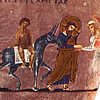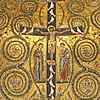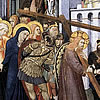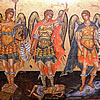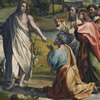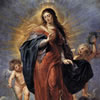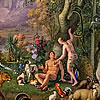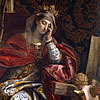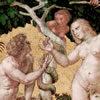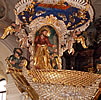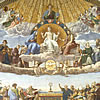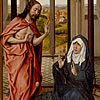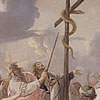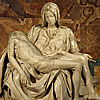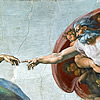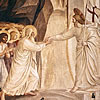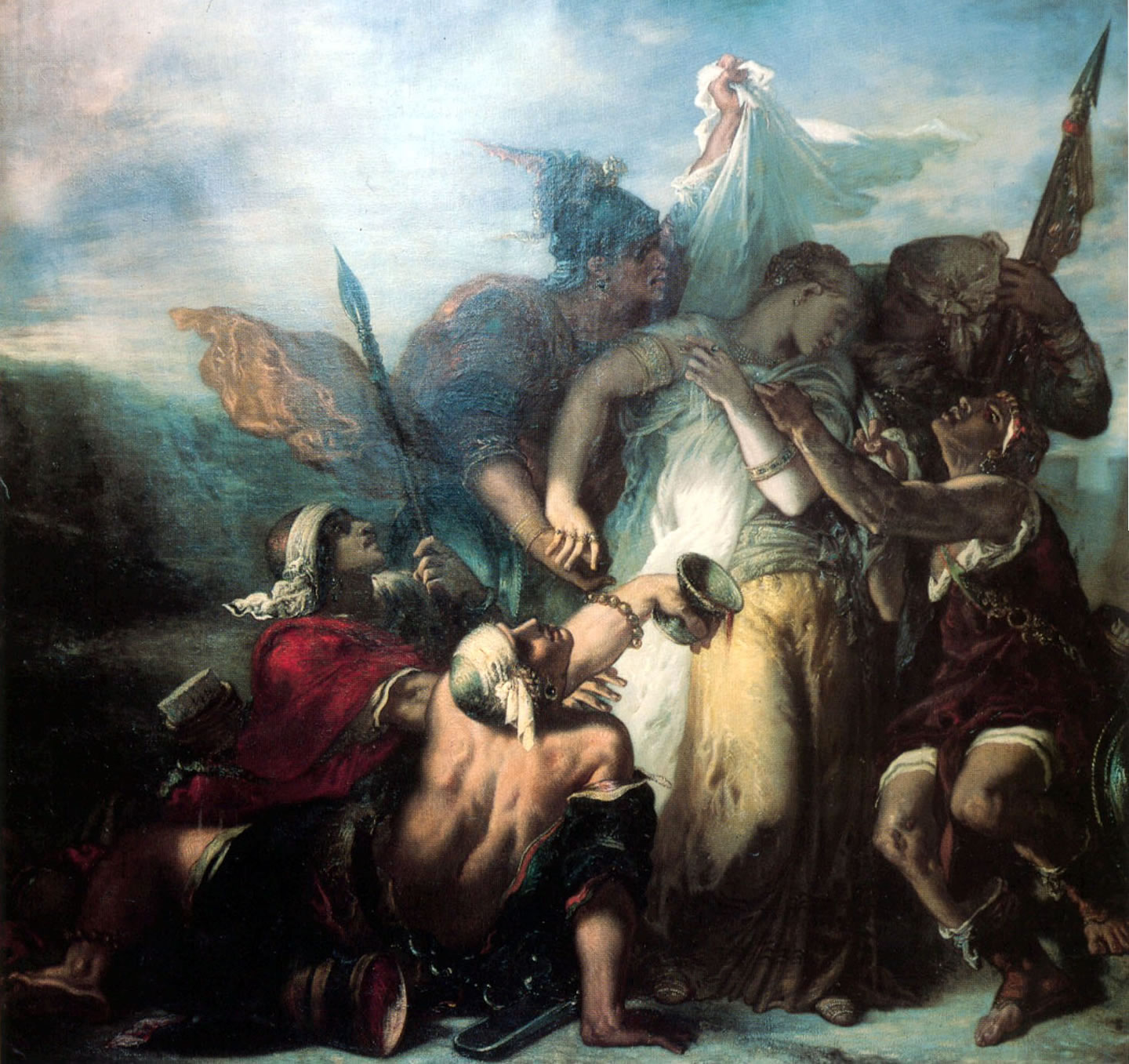

Song of Songs
When trying to explain what the Church is, she uses many metaphors, one of which is “the Bride of Christ.” In this ArtSpeaks we will try to understand what that means using the Song of Songs.
In the Old Testament, God always presented himself as a husband to his people, and Israel his bride. For example, through Isaiah, God tells Israel, “For your husband is your Maker...” (Isaiah 54:5) When Israel continually falls back to idolatry, God speaks through Jeremiah saying, “...My covenant which they broke, although I was a husband to them...” (Jeremiah 32:32)
In Genesis, God shows us the oneness of husband and wife. Adam is put to a deep sleep, and from his side, God pulled out a rib to fashion Eve out of it. This is to show that husband and wife are one flesh (Genesis 2:24) just as Adam and Eve are “one body”. In the same way, when God reveals himself as a husband to his people, he is telling us that he wants to be one with us – not just in a figure of speech sense. Instead, it is a real oneness for he wants us to be part takers of the Divine Life, sharing his divine nature.
When Christ told his apostles, “I am the vine; you are the branches” (John 15:5) he was expressing a oneness of the Church with him: Christ and his Church are inseparable. Thus the metaphor “The Church is the Bride of Christ,” simply means the Church and Christ are one thing.
The Church Fathers, such as Origen and St. Bernard, understood this right away. When Christ’s side was pierced and blood and water flowed from it, they saw a perfection of the Adam and Eve story. This time, the Church comes from the opened side of Christ while he was in a “deep sleep” – if you can imagine his death and Resurrection as a deep sleep.
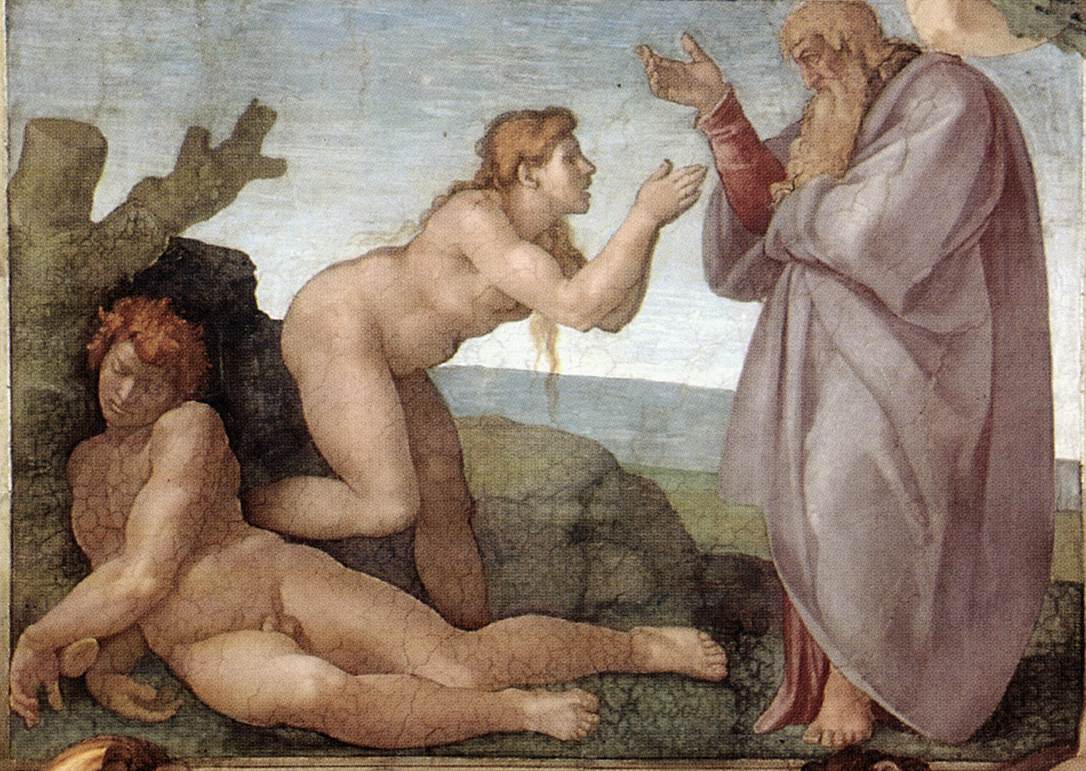
It is also a fulfillment of The Song of Songs, also known as Canticle of Canticles, or The Song of Solomon. In that book, we read of a husband and his bride longing to be with one another in a very physical way. They describe their longing of physical romance in many. In the painting Song of Songs (at the top of the page) by Gustave Moreau, we see the man lavishing his bride with many things. It is a reflection of how God lavishes us with many gifts.
In the first two verses we are brought to the longing of a kiss (Song of Songs 1:2), and fulfilled when he kisses her: “Your lips drip honey, my bride, honey and milk are under your tongue...” (Song of Songs 4:11). A kiss, as described in this verse, can only be consummated when one’s mouth is perfectly aligned to the other’s. They are “mouth-to-mouth”, which is a good way of translating the Latin “ad oratio” – where we get the word adoration. When we are perfectly aligned with God, we adore him. It is no surprise that God gave so many guidelines on how he is to be worshipped – Leviticus and Deuteronomy are full of these. It is a lesson that there is a right way of worshipping God, and that is to be in line with his will.
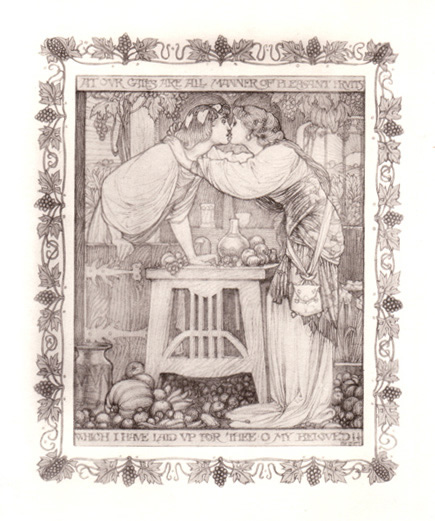
In many aspects, the Song of Songs is very sexual, but yet it is in the Bible because it is a reflection of God wanting to be one with his people. It is also a lesson that there is no problem with sexuality when it is ordered. The corresponding New Testament perfection of this can be found in Christ and his Church. In fact, we can find illuminated (illustrated) Bibles that present Christ as the husband, and the Church as his wife in the Song of Songs.
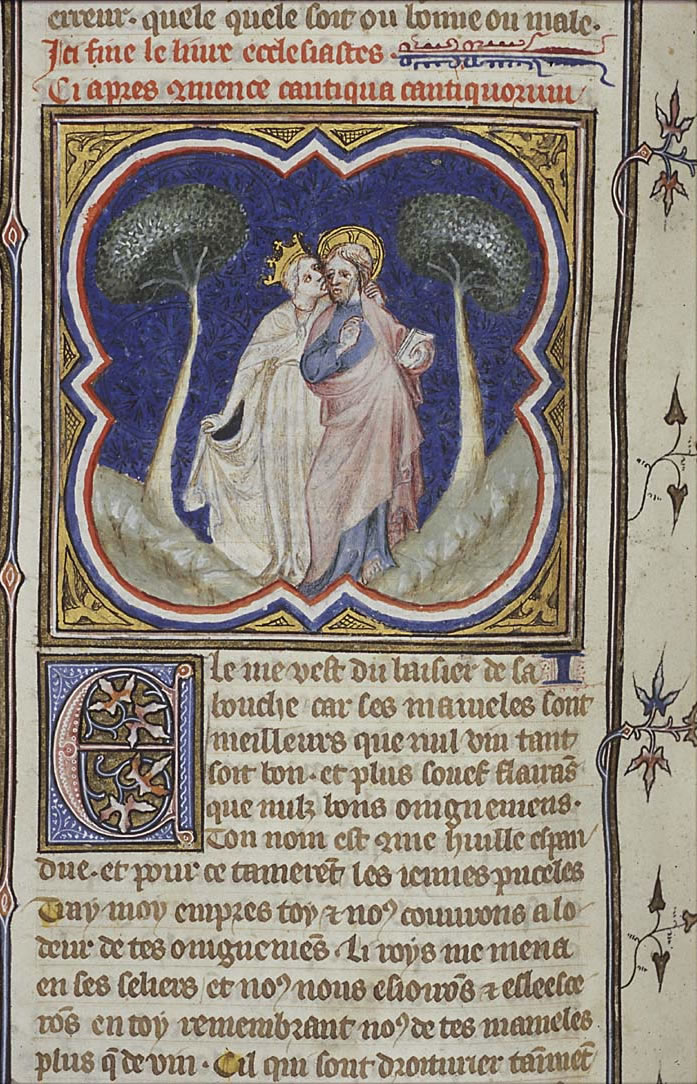
The book of Revelation also presents the Church as a New Jerusalem as the “Bride of Christ.” We read of an angel telling the writer: “Come, here. I will show you the bride, the wife of the Lamb.” (Revelation 21:9) And in the following verses, reminiscent of the Song of Songs, the bride is described with splendor and compared to jewels.
One of the most vivid images we get of salvation is when we attach ourselves to Christ. Since Christ resurrected, we resurrect with him if we are attached to him. Since Christ ascended into heaven – and we know the Father accepted him into heaven – we ascend with him if we are attached to him. It is a grafting of ourselves to Christ that does the trick. So how do we do that?
From the first book to the last book of the Bible, husband and wife play a large theme in describing how God wants to be one with us. It is no wonder Christ used brides, bridegrooms, and weddings in many of his parables. For Catholics, we find this oneness by being part of the Church, the Bride of Christ. If we think of a Bride as a body having different cells, tissues, and parts, we can think of ourselves as being part of that body – just the way St. Paul tells the Corinthians, “Now you are the body of Christ, and each one of you is a part of it.” (1 Corinthians 12:27).
Lastly, a bride is defined as “a vessel from which life comes forth”. We find that Christ has imbued his Church with sacraments that give us spiritual life, strength, and healing: baptism, confirmation, eucharist, reconciliation, and anointing of the sick. Just as the body requires all these, so does our soul. So, if Christ through his Church gives us spiritual life, then she is truly worthy to be called his bride.



